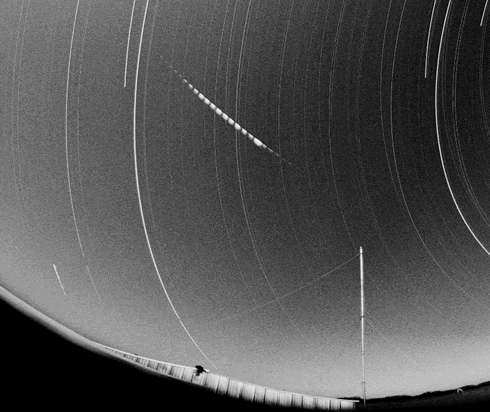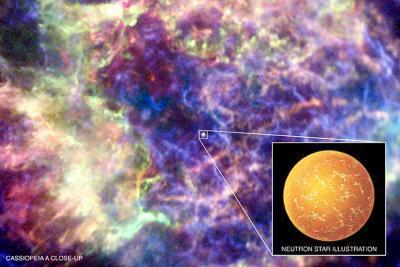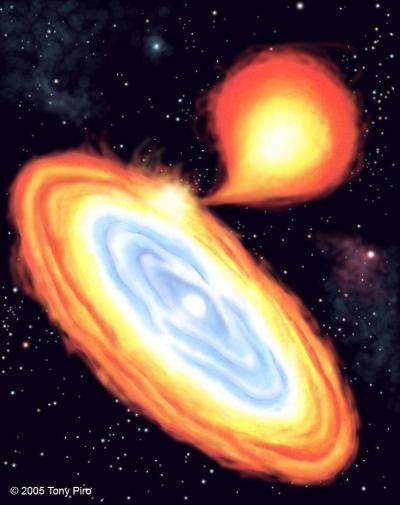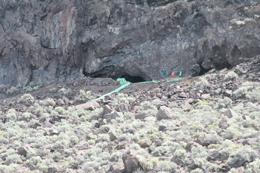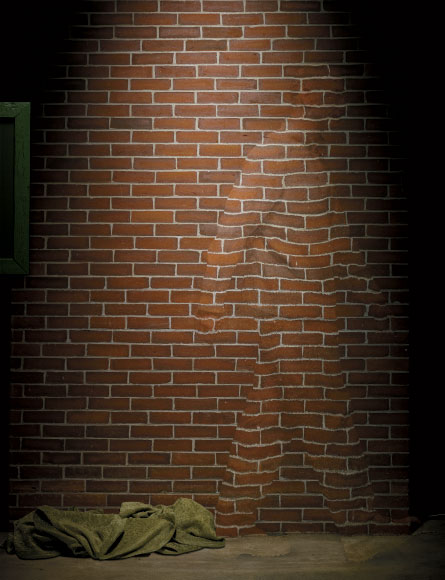
© Cary Wolinsky and Rick KyleCloaking devices would steer light or other electromagnetic waves around them like water around a stone in a smooth stream, leaving nary a ripple of difference in the flow.
Ulf Leonhardt is riding high these days, with a new award from the Royal Society of Great Britain to further develop his ideas on how to make things in plain sight disappear.
Born in East Germany and now occupying the theoretical physics chair at Scotland's University of St. Andrews, Leonhardt is among the leaders of the worldwide race to realize an old dream of science fiction: cloaking devices. They would steer light or other electromagnetic waves around them like water around a stone in a smooth stream, leaving nary a ripple of difference in the flow. Such things, letting light swish past like a boxer ducking every punch, would be invisible.
"Cloaking device" is a common term in technical literature. It also deliberately evokes myth and popular fiction. Allusions include the Romulan technology that first amazed TV viewers of the old
Star Trek in the episode "Balance of Terror," when hostile Bird of Prey fighting vessels just disappeared, poof. One finds cloaking in J.K. Rowling's novels about the young wizard Harry Potter with his invisibility cape. Farther back, H.G. Wells' novel
The Invisible Man (and the movie of the same name, along with its sequel
The Invisible Woman) toyed with much the same idea. J.R.R. Tolkien assigned similar power to The One Ring in his tales of hobbits. Inspiration for the ring apparently came from way back - the magical ring that the shepherd Gyges recovered from an earthquake-spawned chasm in Plato's
The Republic.
